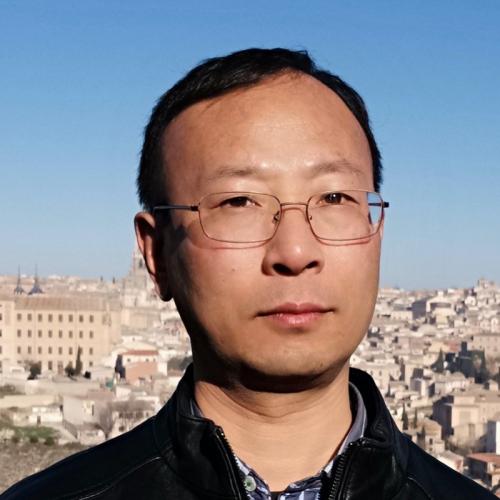This session provides an in-depth analysis of recent high-profile biologics and biosimilar patent disputes across Europe, the USA, and Asia, including landmark cases involving Xtandi, Soliris, and antibody exclusivity challenges. Attendees will explore how evolving case law, patent claim constructions, and regulatory developments are shaping exclusivity periods, enforcement strategies, and market entry pathways. The session will also address comparative litigation trends, strategic patent considerations, and the complexities of navigating both branded vs branded and biosimilar patent conflicts globally.
• Examine key European rulings on Xtandi and Soliris patents, including patent validity challenges and injunction decisions.
• Analyse evolving antibody patent standards post-G2/21, Amgen vs Sanofi, and their impact on inventive step and exclusivity in the US and Europe.
• Explore strategic insights on BPCIA litigation timing, branded vs branded biologics disputes, and regulatory pathways for biosimilar market entry.



